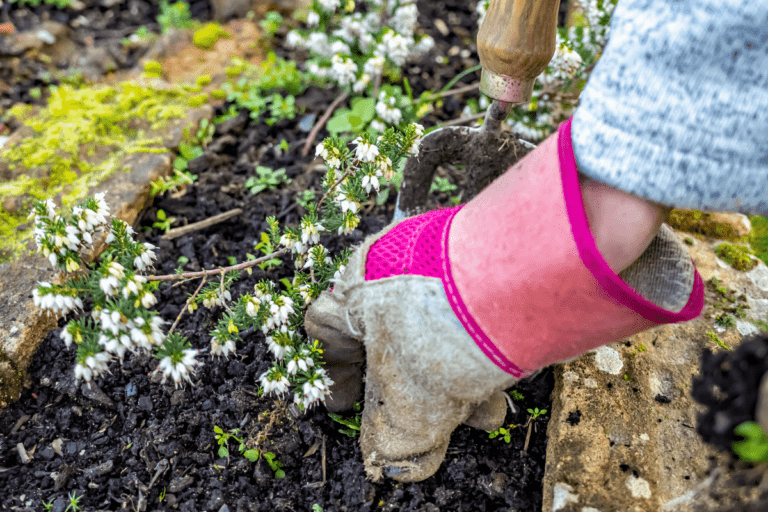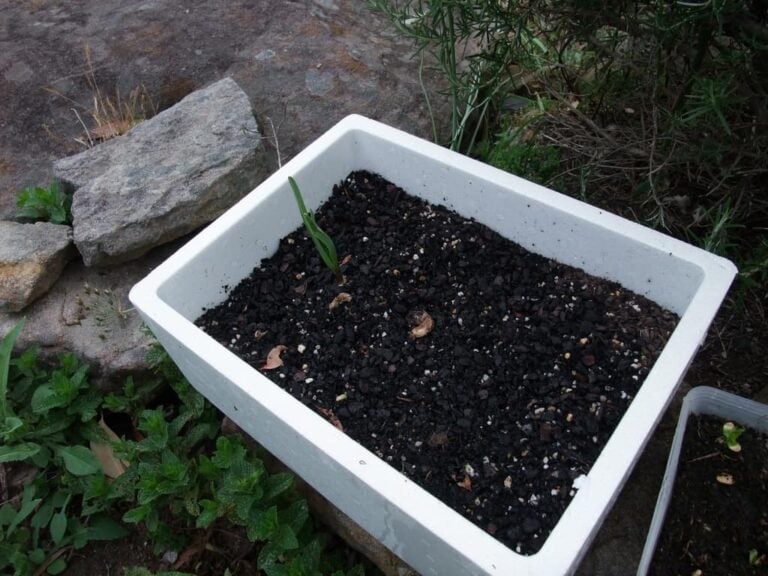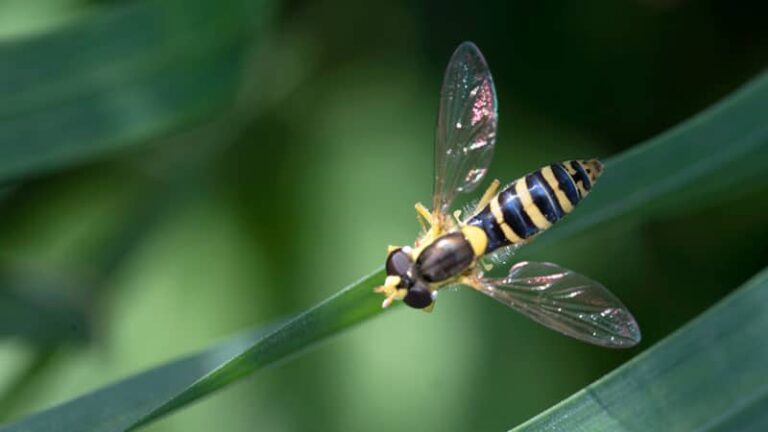A Guide to Various Types of Onions
The right type of onion for your garden is the type that will successfully grow in your area. Although onion types vary in color, taste and storage length, the biggest factor to look at when choosing the types of onion to grow is daylength. A short day onion needs just 10 hours of sunlight each day, while a long day onion needs at least 14 hours of light. Southern gardeners usually can’t successfully grow long day onions while gardeners in the north struggle with short day types.
Types of Onion
One variety of onion can be different from another variety in several ways. You can decide to grow onions in a range of different colors, with different flavor profiles and different storage requirements.
The specific requirements an onion has for growth can also determine which type of onion will do best in your garden. Although you do want to think about taste and quality when choosing the best type of onion for your garden, you also want to consider whether you’ll actually be able to grow a specific variety.
Color
One of the first things people think about when they think about types of onion is the color. The three main colors of onion are yellow, red and white.
In the video above, Chef Buck walks you through the different types of onions you’re likely to use in cooking. He explains the difference between each type when it comes to taste and price (if you’re going to purchase them in the supermarket).
When you’re choosing which type of onion to plant in your garden, color might be one of the last things you think about. It has some effect on the taste of the onion, but often little effect on the onion’s planting requirements and needs in the garden.
Taste
How you want the onions you grow to taste influences the type of onions you pick. Generally, onions fall into two flavor camps. They’re either sweet or sharp and pungent tasting. Sweet onion types include Vidalia and Walla Walla onions.
Sweet onions don’t have a lot of pyruvic acid, according to Serious Eats. Pyruvic acid is what makes your eyes water when you chop up onions.
Often, the size of the onion bulb plays a part in determining how sweet or sharp an onion’s flavor is. According to the National Gardening Association, bigger onions are often sweeter than smaller onions.
Aside from Vidalia and Walla Walla onions, sweet varieties include red burgermeisters, the siskiyou onion, and white granex. Pungent varieties include Australian browns, jet set, and owas.
Storage
Although people often assume that all onions have a long shelf life, some types of onion are better suited for long storage than others. Some onion varieties don’t have a thick enough outer skin to allow them to keep for months.
Usually, the stronger and pungent the onion’s flavor, the better suited it is for longer storage. Yellow globe and red globe are two larger, thicker skinned onions that will keep for months in the right conditions.
It’s not just onion type that influences how long your onions will keep after harvesting. According to Mother Earth News, there are a few things you can do during the growing season to increase the durability of the harvested onions.
Planting your onions in full sun, giving them plenty of moisture, and mulching around the plants with a thin layer of mulch are three things that increase storage time after harvest.
Daylength
The factor that has the biggest influence over what type of onion a gardener can grow is daylength. Color, flavor and storage don’t really affect the growing conditions an onion needs
But if you try to grow an onion that’s the wrong daylength for your area, you are likely not to succeed. There three types of daylength: long day, day neutral, and short day.
Long day onions need plenty of daylight hours — at least 14— to produce an actual bulb. If these varieties don’t get that much daylight, they’ll never fully grow. Short day onions need fewer hours of daylight, around 10, to produce a healthy onion bulb. Day neutral varieties need around 12 hours.
In the video above, the MI Gardener describes choosing long day, short day or day neutral onions as following the Golden Rule. If you pick the wrong daylength variety for your garden, you won’t get a good harvest, even if you do everything else right.
Where you live influences which daylength variety will thrive in your garden. If you’re in the north, or above 35 degrees latitude, summer days are longer, and you’ll be able to successfully grow long day onions.
If you’re in the south, below the 35 degree latitude line, choose short day onions. Days are shorter in the south. You can successfully grow day neutral onions in either the north or the south.
Short day onion varieties include granex, Texas Grano 1015Y and Burgundy. Long day varieties include Walla Walla, early yellow globe and Buffalo.
What happens if you plant a short day onion in the north or a long day onion in the south? The plant will grow, to a point. You’ll get a good amount of onion greens above the soil. But beneath the soil, the onion bulb will either be getting too much light or not enough and won’t be able to fully form.
Other Types of Onion
Not all onions produce bulbs or are grown to produce bulbs. If your goal is to grow scallions, or green onions, you have two options. You can plant a variety that is specifically bred not to produce a bulb, such as evergreen white bunching. You can also harvest the onions early, when the leaves are still bright green, before the plant has had time to form a bulb.
At the end of the day, the most important thing to look at when choosing the type of onion to grow in your garden is the daylength required. It doesn’t matter if an onion’s red, yellow or white, sweet or spicy, if the variety you want to grow won’t produce a bulb in your garden.
Photo by lailajuliana licensed under CC0.






